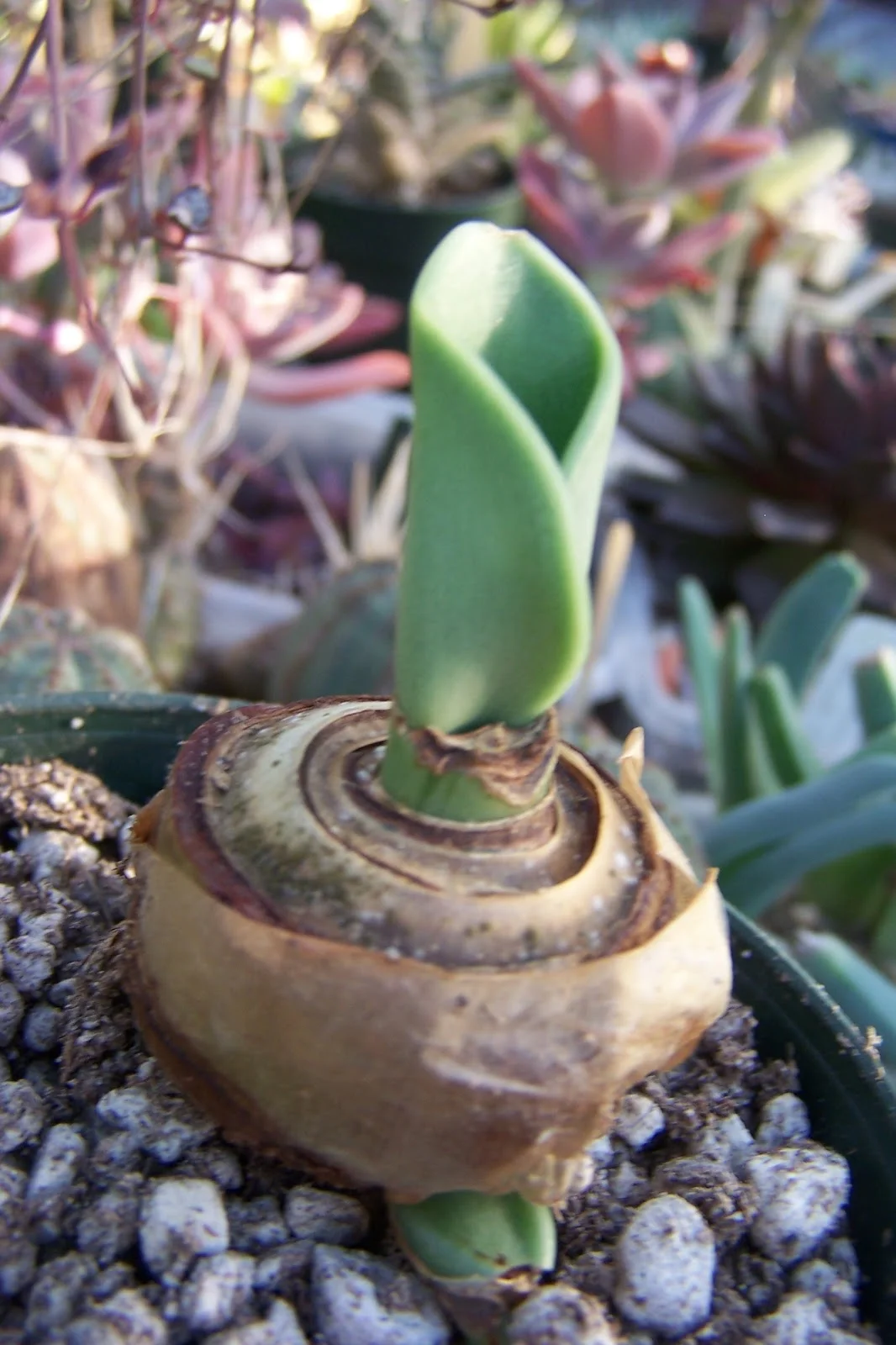Rauhia peruviana - 5 seeds






Rauhia peruviana - 5 seeds
Rauhia is a genus in the Amaryllidaceae family with at least four described species. They occur in seasonally dry, open woods and rocky slopes of the middle Maranon and Utcumbamba river valleys in Northern Peru at 1000-1500 meters. The genus, notable for its large and fleshy leaves is closely related to Eucrosia and Phaedranassa. The bulbs are large and produce 1-4 leaves which are widely petiolate, ovate, very carnose (fleshy), have an epidermis with mircopapillae, sometimes tessellated with silver when juvenile. Some species have glaucous leaves. Flowers green to off-white. The seeds are brown or black. The species in cultivation are self-fertile.
It is an easy and adaptable plant to grow and it is well suited for containers growing happily in a pot for many years. It makes a good but odd houseplant or specimen. Prefers some direct sun but will scorch in hot, sunny, dry locations. In the greenhouse, use a suffice cactus soil with some peat (a soil that retains water yet drains well). The plants are allowed to dry slightly in-between waterings. If the plants are allowed to dry too much, they will go dormant. During the winter months, the plants are allowed to go dormant and are stored in the cold storage until spring. Temperature: Reportedly hardy down to -5°C. It can be planted undergrounds, with a thin soil layer on it, or just leave it “on” the ground, it will root anyway, and the chances of getting rot are smaller this way rather than planted undergrounds (although it grows slower). Mealy bugs seem to be a problem, especially in older specimens that have formed a clump of bulbs. They hide in the residue of the old, dry, dead bulb scales. It is best to propagate seeds in the spring through summer in a mixture of moist peat and perlite. Cover the pot and plant with a plastic bag secured by a rubber band to prevent the moisture from escaping. Place in indirect sunlight or under a fluorescent light. Repot in its regular mix after it has been growing for a while. After dividing plant or removing offsets, pot it in its regular potting mix.
